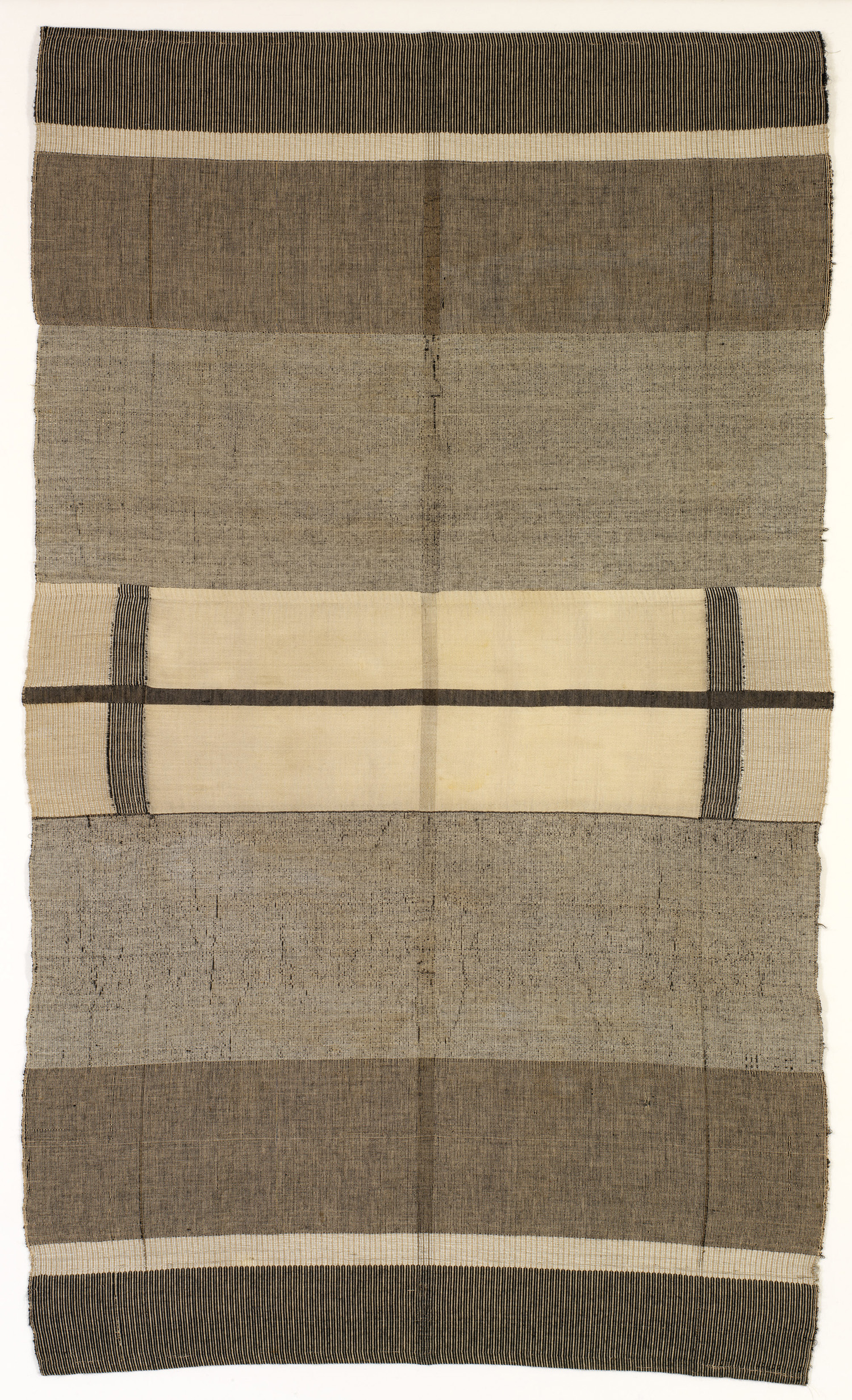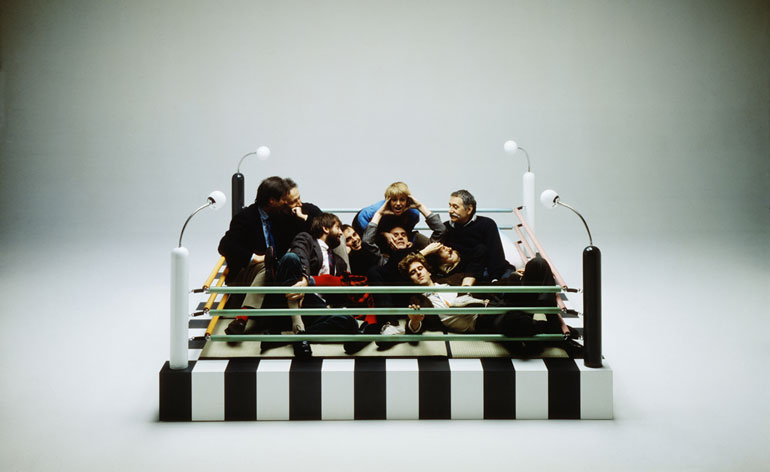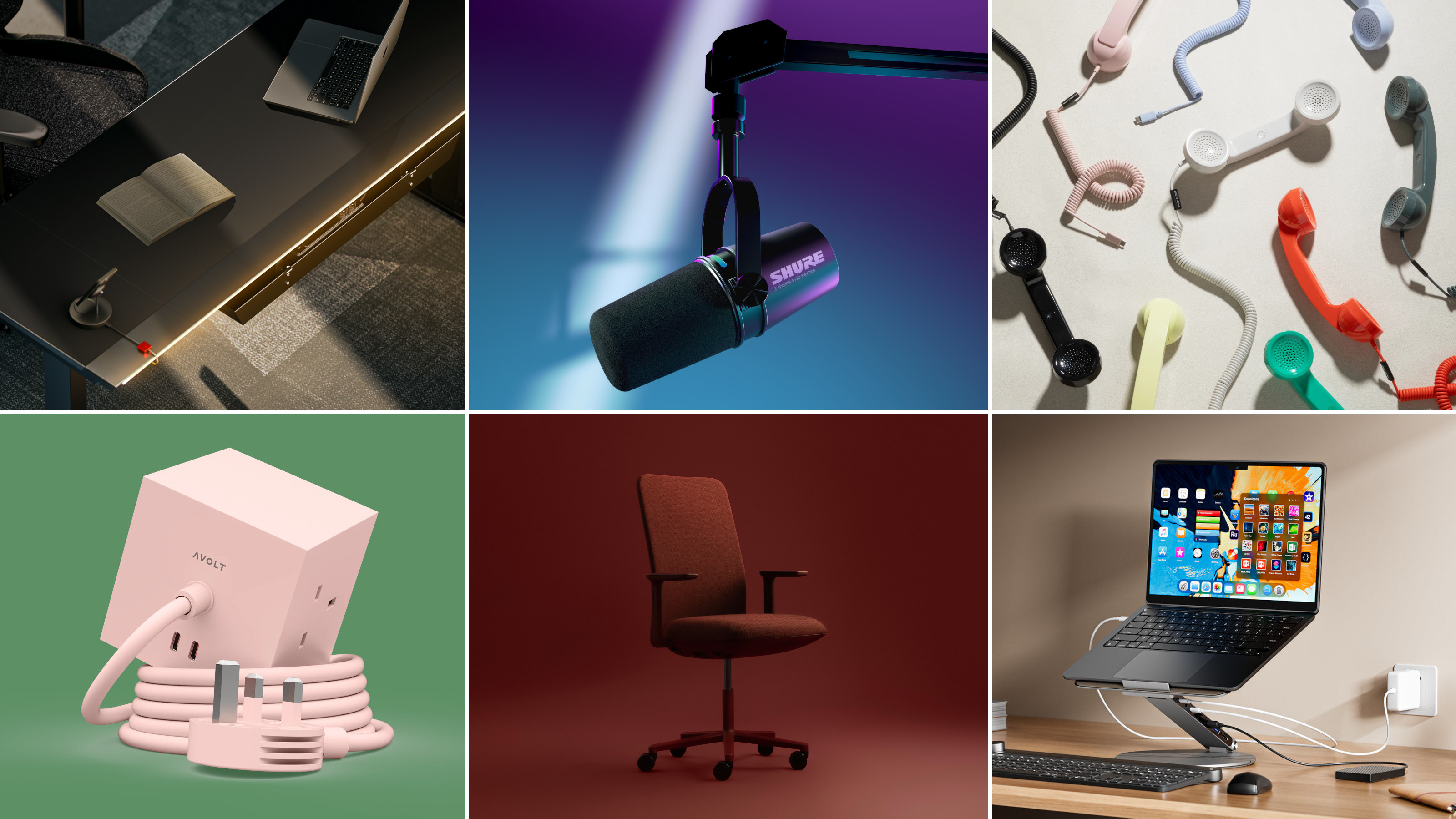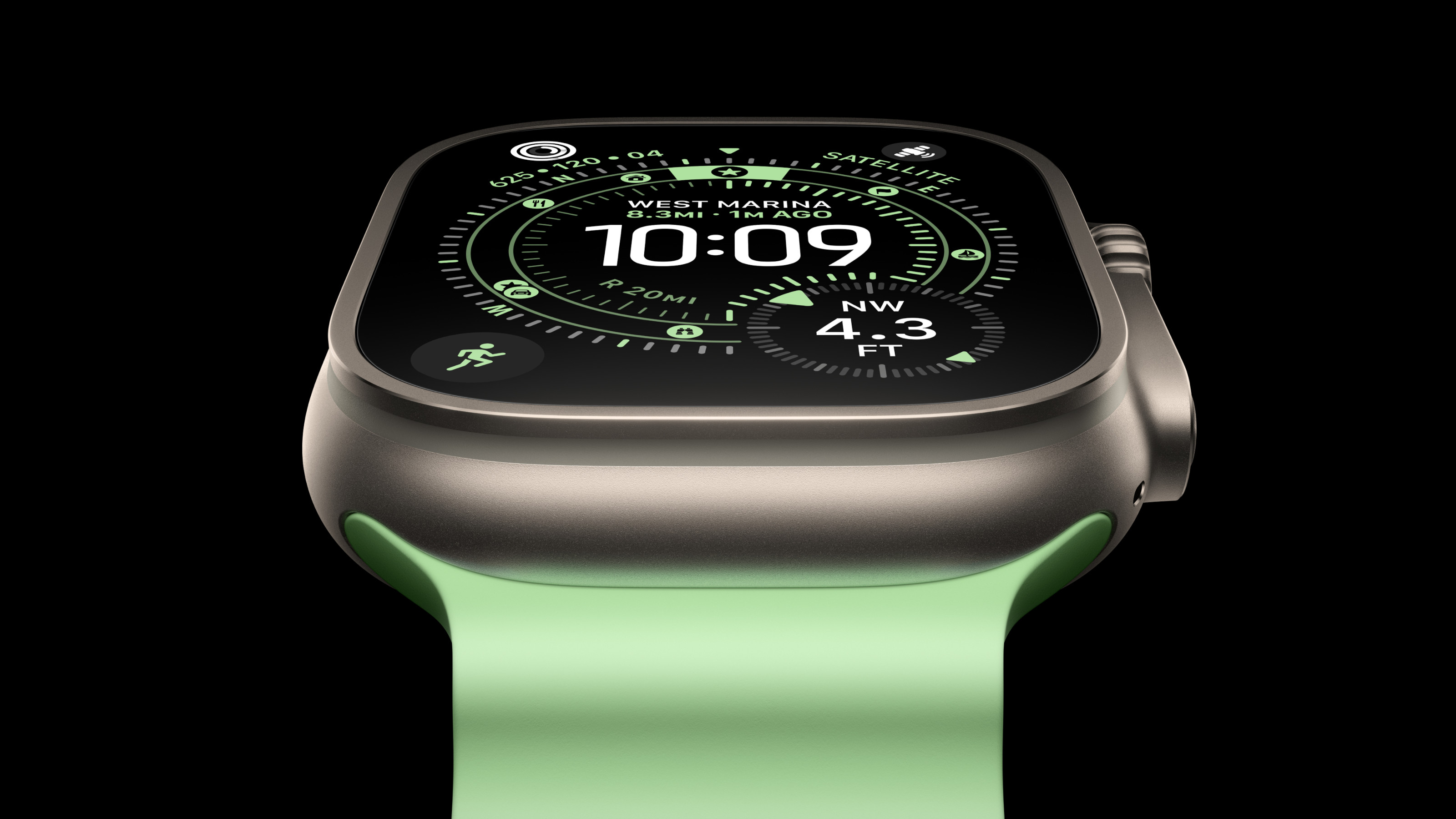Is the iPhone the ultimate symbol of modernist design?
A new book explores the links between Bauhaus and the Apple iPhone

The act of creation is messy and chaotic, and the conflicting demands and desires of designers, manufacturers, retailers and consumers makes a mockery of good intentions. The Bauhaus School continues to lurk in the unconscious of the contemporary designer. The ideals and ethos of the Bauhaus, not to mention the huge influence wielded by the school’s teachers and alumni, continue to be held up as a high-water mark for good design in all its forms. So it stands to reason that if you can draw a direct line between a contemporary product and the extensive catalogue of Bauhaus-era designs, you can lay claim to one of the school’s immutable core beliefs: that all ‘good design’ has innately pure and progressive motives.
American arts writer Nicholas Fox Weber’s new book is an attempt to draw this line for one of the most ubiquitous symbols of modern design, the Apple iPhone. Weber is well versed in Bauhaus lore, having helmed the Josef and Anni Albers Foundation for four decades, getting to know the emigre couple and their circle while never ceasing to marvel at their asceticism and general all-round wisdom. The line he creates arrives indecently quickly at the iPhone, largely by way of tracing Steve Jobs’ enthusiasm for Bauhaus-style design, purist typography and the evident influence of Dieter Rams on the company’s output during its most ‘high design’ era under Jonathan Ive.

Nicholas Fox Weber with Anni Albers, by Faith Haacke, 1981.
This is a book for those who like anecdotes and connections, behind the scenes insights and potted biographies of key players. For example, it offers an insightful summary of the Bauhaus diaspora, and how the Albers and their peers ended up so revered and influential within the burgeoning post-war art and design scene. There’s no denying that Weber’s suggested connection exist in some form – there’s practically no aspect of global design education that wasn’t influenced by the German school, whether it’s the mythos of creativity or the practical structure of courses and internships. However, it is a tall order trying to conflate consumer technology with the high-minded world of fine art.
By the end of the book, the dots are duly connected, but the result is more six degrees of separation than a solid, unbroken line. Perhaps unwittingly, Weber ends up perpetuating the age-old narrative of (most male, mostly white) genius, benevolently bestowing their vision on huddled masses that know no better. That the iPhone and its billions of imitators are remarkable is without question. That they are somehow innately ‘good’, let alone ‘sublime,’ is almost entirely subjective. Finding an equivalence between the Homage to the Square series and the glassy perfection of a freshly unboxed iPhone 11 is one thing, but it conveniently sidesteps the myriad ways in which a smartphone is so much, much more than a triumph of art, design and engineering, for better and for worse.

Josef Albers Homage to the Square, 1976, New York, 2020
Weber saves his most withering barbs for Tom Wolfe’s vengeful dismissal of the Bauhaus’s lofty and elitist idealism, as well as the dark arts of branding and the endlessly mutating world of social media. These things don’t seem to fit the purist narrative that places the designer – and the artist – on a pedestal high above the rest of us. When crude reality intervenes, it does not always go well. For example, Ive’s subsequent departure from Apple to set up LoveFrom is given short shrift. ‘What is certain is that this [firm] is a long way from the restraint and dignity of Bauhaus,’ Weber writes with palpable disdain at this perceived triumph of commerce over culture.
Ultimately, who knows what the Albers would have made of the iPhone (Josef died in 1976, Anni in 1994)? Weber’s first-hand knowledge of the couple paints them as charming, monastic, opinionated and relatively technophobic. When, in 1936, Josef designed the catalogue cover for the Museum of Modern Art’s Machine Art exhibition (curated by Philip Johnson), the hero image was a giant industrial ball bearing, bereft of any function or context. The Albers would undoubtedly have admired the iPhone’s glassy perfection, but one suspects they wouldn’t even have attempted to turn it on, let alone actually use it.

Anni Albers Wallhanging 1924 Cotton and silk, New York, 2020
INFORMATION
The iPhone as the Embodiment of Bauhaus Ideals and Design, Nicholas Fox Weber, $28, Penguin.
Receive our daily digest of inspiration, escapism and design stories from around the world direct to your inbox.
Jonathan Bell has written for Wallpaper* magazine since 1999, covering everything from architecture and transport design to books, tech and graphic design. He is now the magazine’s Transport and Technology Editor. Jonathan has written and edited 15 books, including Concept Car Design, 21st Century House, and The New Modern House. He is also the host of Wallpaper’s first podcast.
-
 The new Tudor Ranger watches master perfectly executed simplicity
The new Tudor Ranger watches master perfectly executed simplicityThe Tudor Ranger watches look back to the 1960s for a clean and legible design
-
 This late-night hangout brings back 1970s glam to LA’s Sunset Boulevard
This late-night hangout brings back 1970s glam to LA’s Sunset BoulevardGalerie On Sunset is primed for strong drinks, shared plates, live music, and long nights
-
 How Memphis developed from an informal gathering of restless creatives into one of design's most influential movements
How Memphis developed from an informal gathering of restless creatives into one of design's most influential movementsEverything you want to know about Memphis Design, from its history to its leading figures to the pieces to know (and buy)
-
 Seven covetable accessories designed to improve your Apple experience
Seven covetable accessories designed to improve your Apple experienceWe present a clutch of cultured accessories for all things Apple, from chargers to cases, straps and keyboard covers
-
 Hunker down in a perfectly equipped work-from-home hub this winter
Hunker down in a perfectly equipped work-from-home hub this winterIf your WFH set-up needs an upgrade, or if you need to kit out a new small business from scratch, we’ve got you covered
-
 Apple Watch Ultra 3 has innovation at its heart – a 3D-printed titanium case
Apple Watch Ultra 3 has innovation at its heart – a 3D-printed titanium caseWe delve into Apple’s pioneering use of 3D-printed metal, and how it ties in with the company’s path to carbon neutrality
-
 Love Hultén’s new book of audio experiments is weird and wonderful
Love Hultén’s new book of audio experiments is weird and wonderful‘Love Hultén: Works II’ assembles the latest eccentric sonic creations from the Swedish artist and instrument maker
-
 Bionic Labs builds precision next-level Apple accessories from aluminium and stainless steel
Bionic Labs builds precision next-level Apple accessories from aluminium and stainless steelFrom stands, chargers and keyboard trays to a set of accessories for the Vision Pro, Parisian design studio Bionic Labs offers only the best for your Apple gear
-
 The best wireless in-ear headphones, tested by experts
The best wireless in-ear headphones, tested by expertsOur latest round up of the best wireless in-ear headphones includes products from Apple, Bang & Olufsen, Bose, JBL, Nothing, and Sony
-
 We roadtest Apple’s newest wearable tech, the Apple Watch Ultra 3 and Series 11
We roadtest Apple’s newest wearable tech, the Apple Watch Ultra 3 and Series 11The Apple Watch Ultra 3 hardly reinvents Apple’s most ruggedly handsome of designs, but it does refine it. And for truly off-grid adventurous types, it adds some potentially critical capabilities
-
 The Apple iPhone Air leads the company’s round of autumn product launches
The Apple iPhone Air leads the company’s round of autumn product launchesThe new Apple iPhone 17 range boasts better cameras, more memory and more Apple Silicon. It launched alongside new Apple Watches, new AirPods and the remarkable iPhone Air. We explore out the key innovations and products